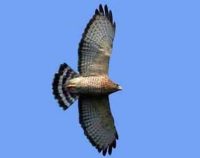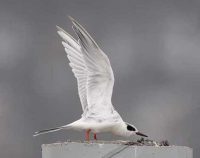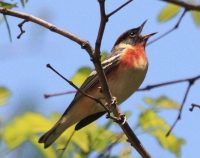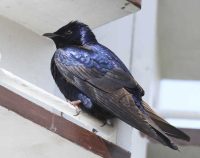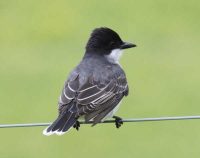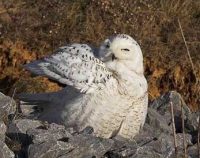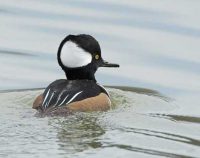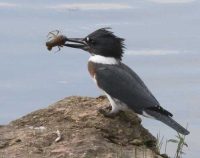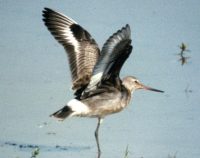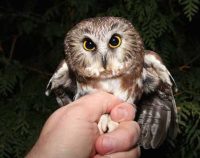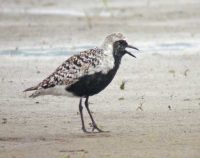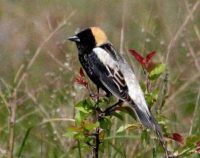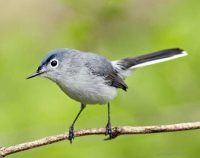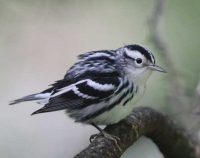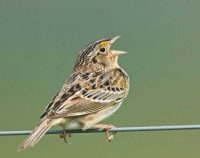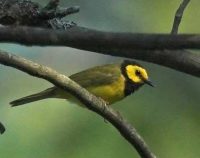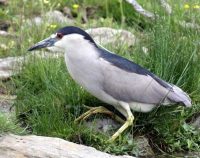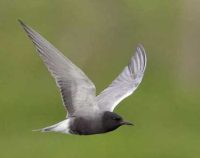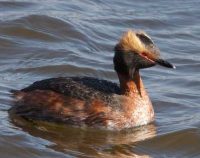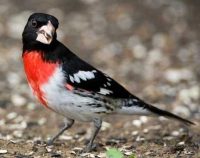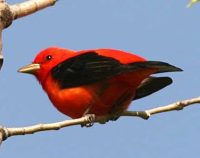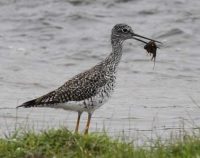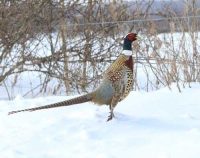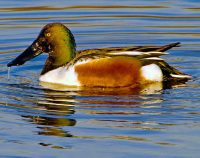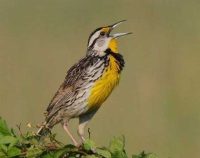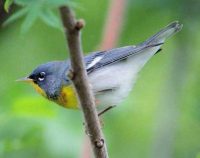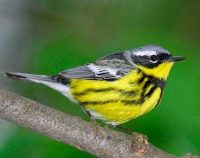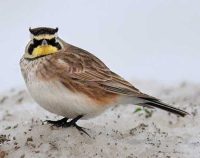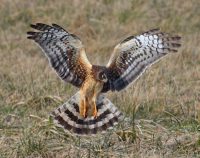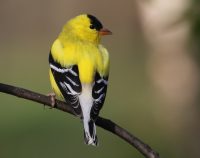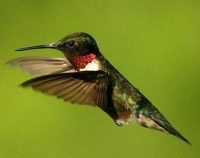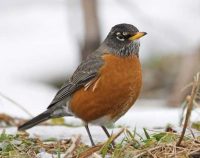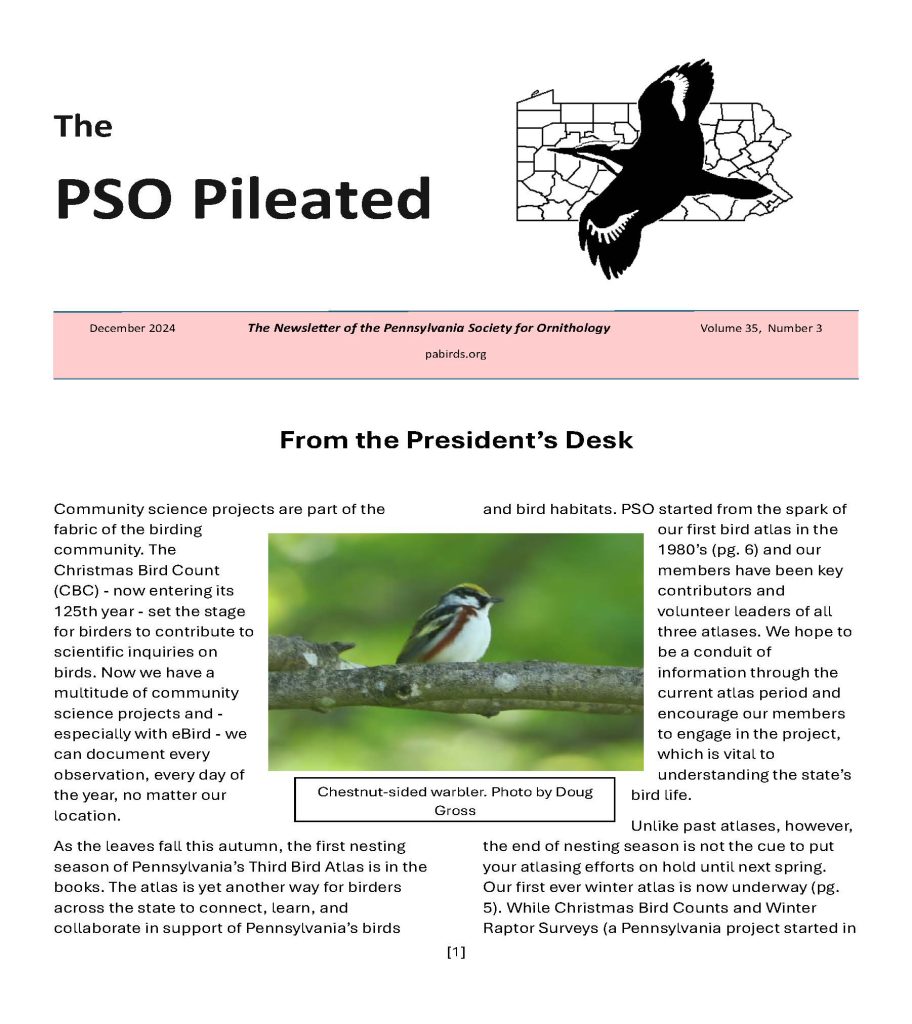Pennsylvania Birdlists
One of the most rewarding aspects of Birding for many birders is listing – keeping lists of how many species you see in a given geo-political region (State, County, yard, ABA area, etc.) in a specified time frame (Life, Year, Month, Day) and comparing those numbers with other birders.
This site is a place to keep your lists that were tallied in Pennsylvania. Please read the definitions and rules below to see what lists are included on this site.
Login (see How to report your totals below)
Search – Look up your and others’ totals
Pennsylvania Bird Lists Annual Reports – Summary of each year’s totals with comments from contributing listers
Bird Lists Definitions
All species in the following definitions must be on the Official List of Pennsylvania Birds. See Rules.
State Life List – All of the species of birds that you have seen or heard within the borders of Pennsylvania
Unassisted State Life List – All of the species of birds that you have seen or heard within the borders of Pennsylvania that you found by yourself. Ie. you did not get a call or text saying species X is at Presque Isle and you then went there and saw it. This list can include species found by others that you then encounter without having been informed by the other observers about the bird. Ie. you are at Presque Isle and see an American Avocet on the beach and later find out that another group of birders had seen it earlier in the day. Also, you can later add species that you initially saw based on a tip, but later (another day, another place) found one on your own. Ie. you see the above mentioned Avocet as your State Lifelist bird because other birders tipped you off, but the following Summer, you find one on your own.
County Life List – All of the species of birds that you have seen or heard within the borders of one county
Total Ticks – A sum of all of your County List totals. Ie. If you have 102 in Allegheny and 75 in Armstrong, the Total Ticks would be 177.
Annual Lists – All of the species of birds that you have seen or heard between Jan 1 and Dec 31 of one year. The list can be for the state or county.
Month Lists – All of the species of birds that you have seen or heard during one month. The list can be for the state or county.
Big Day Lists – All of the species of birds that you have seen or heard between midnight and midnight of one day. The list can be for the state or county.
PSO Bird Lists Listing Rules
An observer may include a species in the totals submitted for Pennsylvania Bird Lists if the observer has encountered a bird that is a member of the species in accordance with the following Recording Rules:
The bird must have been within the prescribed area when encountered, and the encounter must have occurred within the prescribed time period.
Within means that the bird must be within the prescribed area when observed, although the observer need not be. For example, if an observer on the Pennsylvania side of the Delaware River identifies a bird across the river on the New Jersey side, the bird may be counted on his New Jersey list but not on his/her Pennsylvania Area list.
Encounter means seen and/or heard live and not remotely. A bird seen on a webcam or other remote camera may not be counted, except for lists specifically defined to include birds seen remotely. A bird heard via a sound augmentation device may be counted only if the observer is present at the location of the device and hears the vocalization in real-time.
The bird must have been a member of a species currently listed on the Official List of Birds of Pennsylvania found here: https://pabirds.org/records/index.php/pennsylvania-bird-list/
Species means that each full species is counted only once. Additional subspecies or color morphs are not counted as additional entries except on lists specifically defined to include such identifiable forms.
Currently listed on the Official List of Birds of Pennsylvania means: the species must be (a) included in the current published Official List, or (b) formally accepted by the PORC for inclusion in the next published Official List. Hybrids are not countable. Any bird with physical characteristics outside the natural range of variation for the species and clearly suggesting that it is a hybrid should be treated as a hybrid. The bird must have been alive, wild, and unrestrained when encountered.
Alive means after hatching. Eggs are not counted as live birds.
Wild means that the bird’s occurrence at the time and place of observation is not because it, or its recent ancestors, has ever been transported or otherwise assisted by man for reasons other than for rehabilitation purposes. An otherwise wild bird that voluntarily uses or is attracted to a feeder, nest box, audio playback, or other non-natural device, without being captured, is still considered wild. Physical contact between an observer and a bird does not automatically preclude a bird from being counted, as there are situations where wild birds have learned to eat from outstretched hands or have used people as temporary perches. A species observed far from its normal range may be counted if, in the observer’s best judgment and knowledge, it arrived there unassisted by man. A wild bird following or riding a ship, without being captured, is considered traveling unassisted by man. A bird that is not wild and which later moves unassisted to a new location or undergoes a natural migration is still not wild.
Unrestrained means not held captive in a cage, trap, mist net, hand, or by any other means, and not under the influence of such captivity. A bird is considered under the influence of captivity after its release until it regains the activities and movements of a bird that has not been captured. A bird is under the influence of captivity during its initial movement away from its release point and during subsequent activity reasonably influenced by the captivity. A wild bird that is injured, sick, oiled, or otherwise incapacitated may be conuted.
When encountered means that a bird alive and unrestrained when observed, but which later dies or is collected or captured, may be counted. Diagnostic characteristics, sufficient for the observer to identify it to species, must have been seen and/or heard and/or documented for the bird encountered.
Diagnostic characteristics means the natural characteristics needed to uniquely determine the species of the bird. It is not necessary to experience every possible diagnostic characteristic, but simply sufficient characteristics to eliminate the possibility of the bird being any other species.
Identification of the bird may be made after the initial encounter. It is not always possible to secure a positive identification initially, but, using physical and/or written documentation, identification is sometimes possible after the fact, upon consultation of references and/or other authorities.
With very tricky identifications, for example, photographs or recordings sometimes reveal minute, yet critical, details that were not discernible during the initial encounter.
Furthermore, our knowledge of how to separate similar species in the field is continually advancing. On rare occasions, a species may not be identifiable until after it has been captured and studied in the hand, or had feather and blood samples analyzed. In such instances of “after-the-fact” ID, the bird may be counted on one’s lists.
An observer may identify the bird encountered based on information and/or documentation provided by other observers.
For a first encounter with a species, no matter which list is involved, identification may be by sight or sound. The encounter may be brief, but in combination, characteristics seen or heard must be sufficiently distinctive to distinguish the bird from all other species.
Observers must also assure themselves that audio playbacks are not being mistaken for birds.
The bird must have been encountered under conditions that conform to the ABA Code of Birding Ethics.
The bird must have been encountered under conditions that conform to the ABA Code of Birding Ethics version current at the time of the encounter.
In any situation for any list, a species may not be counted if the attempts to see or hear the bird are in violation of this ethical Code.
Pennsylvania Big Year Rules
A Big Year shall start at 12:00 AM on 1 January of that year and end at 11:59 PM, 31 December of that year.
Each species counted by the participant must have been encountered in accordance with the PSO Recording Rules.
Each species counted must have been on the Official List of Birds of Pennsylvania found here: https://pabirds.org/records/index.php/pennsylvania-bird-list/ during the Big Year, with the following exception:
A non-exotic species encountered that is new to Pennsylvania can be retroactively counted for the Big Year if and when that species is added to the PSO Checklist and if the bird seen represents the accepted new record or is another individual of the species seen after the initial record.
Any Big Year lists submitted to the PSO must be in accordance with these rules.
Big Day Rules
A Big Day Count is a single-team effort in which the primary objectives are (1) to identify as many bird species as possible during a single calendar day and (2) to strive to have all team members identify all species recorded. To be eligible for reporting, an official Big Day Count must be conducted in accordance with the following rules:
Counting
Count only full species as indicated by the current Official List of Birds of Pennsylvania found here: https://pabirds.org/records/index.php/pennsylvania-bird-list/
Birds must be conclusively identified by sight or sound. Use common sense: if in doubt about the bird’s identity, don’t count it.
Identification may be confirmed after the original observation if that identification is based solely on field notes made while the bird was living and unrestrained.
A bird identified to one of a species group (i.e., scaup, woodpecker, Willow/Alder Flycatcher) may be counted as a species if no other in that group is counted.
Birds counted must be alive, wild, and unrestrained.
Birds attracted to tape-recorders (in compliance with ABA Code of Birding Ethics) or feeders may be counted.
Injured birds may be counted if wild and unrestrained. Eggs do not count as birds.
Time All counting must be within a single 24-hour period, on a single calendar day, determined by where the Count begins or ends.
The compiler may designate a time-out for gas, food, rest, or separate motorized travel.
A bird first seen or heard during a time-out may not be counted, nor may the same individual be counted if located during regular counting time.
Area State-wide within the borders of Pennsylvania (defined as a State Big Day) or Within the borders of any of the 67 counties of Pennsylvania (defined as a County Big Day)
Travel
Travel may be by any means, provided that all participants remain within direct voice-contact distance during all travel except timeouts.
When motorized vehicles are used, all participants must travel in the same vehicle, except during time-outs.
Participants
Any number of participants may constitute a team. Although we accept single birder lists, Big Days really should be done by two or more birders.
Nonparticipating companions may accompany the team and may record or may drive the vehicle.
A companion may not aid in identification of, nor in any way indicate to the participants the presence of any bird not previously identified by every participant.
Conduct Each participant must: remain within direct voice-contact distance of all other participants at all times, except during time-outs, make every reasonable effort to identify personally and to help other team members identify every species counted by the team.
Count only birds personally and unquestionably identified. Review the Big Day Count Rules before the start of the Count.
Outside Information
During the Count, teams must make every reasonable effort to avoid receiving bird-fnding help from nonparticipants.
Phone and radio contacts and pre-arranged field encounters are not permitted.
Participants may not travel with or walk any substantial distance with non-participants, except with companions, as provided in the Participants section above.
When other birders are encountered accidentally, participants may not solicit bird-finding information and should avoid receiving any information from them, to the extent that common courtesy allows.
If despite all precautions information is received during an accidental encounter, the team may use it.
Any information received prior to the Count may be used during the Count.
Ethics Each participant should strive to maintain proper birding ethics at all times and shall abide by the ABA Code of Birding Ethics.
Publication
Only Counts that observe all of the foregoing rules will be published as “Big Day Counts” by the PSO. 95% Rule
A Count will be eligible for the 95% designation if all of the foregoing rules have been observed and if it meets the following additional requirements:
The team consists of two or more participants.
The number of species seen/heard by all team members is 95% or greater.
How to report your totals
PSO members can enter their numbers directly online, but first they have to set up a Birdlists account.
To set up an account, send your name as you would like it to appear on the reports, your email address, the name under which your PSO membership is listed (if a Family membership), and a password (at least 6 characters long) of your choosing to fhaasbirds@gmail.com.
Your membership status will be verified and an account will be set up. You will receive an email with your login information. This is a different login than your PSO login. You can then login at the LOGIN above.
Non-PSO Members can report totals by printing out a paper Report Form and mailing it to the address on the form, or by sending the numbers by email to Andy Keister.

